Don’t spend more than 1,000 euros to get a fancy phone. We have chosen for you the best high-end smartphones within 800 euros.
For several years, the smartphone industry has seen the development of a variety of high-end ultras smartphones. These phones feature the best of everything, including cutting-edge technology, materials, and designs. However, in order to offer them, you must first have a wallet: they are truly firmly fixed over 1,000 euros.
Fortunately, producers fight in innovation to develop ambitious and less priced variants, the « flags killers ». So you don’t have to spend a month’s income to get a great high-end smartphone that will last you for years. Between 600 and 800 euros, you may get really high-quality smartphones.
These smartphones frequently have the same powerhouse CPUs as their bigger brothers, but they make some slight concessions on comfort aspects to save money. If you are seeking for a high-quality smartphone, this is where you will discover the best deal.
Here’s our pick for the finest smartphones priced between 500 and 800 euros.
GOOGLE PIXEL 7
Google has achieved a pretty bold breakthrough with their Pixels, delivering high-end versions at incredible prices. Following the popularity of the Pixel 6 and 6 Pro, Google will repeat the experience in 2022 with the Pixel 7, worthy successors of their forefathers. The device’s design is a continuation, with a picture block that has been redesigned and enhanced with elegance.

The 6.3-inch OLED screen is just stunning, with a refresh rate of 90 Hz and a maximum brightness of 922 cd / m 2. Colorimetry is nearly perfect. On the photographic front, the Pixel 7 with its primary goal of 50 Mpx repeats the accomplishment of the Pixel 6 and enables for the creation of stunning images. The AI that Google is still refining works wonders, particularly on the “Unblur” feature, which allows you to capture a hazy photograph, but also on the “Super Res Zoom,” which succeeds in replacing a telephoto lens by giving x8. The portrait mode is still stunning, and the video is excellent.
The updated Pixel is outfitted with the Tensor G2 processor, which performs admirably in most applications but falls short in gaming performance. Nothing to say about the software, which has a unique version of Android 13 called ” Pixel Experience,” which provides a very clean user experience.
And what about autonomy? It is the device’s lone little black spot. We may have hoped for more from the Pixel 7 after a day and a half of use, but it remains classic. This right score is tainted slightly by the “rapid” load that drags (1 h 30 for a whole load…), which is unfortunate in 2022.
To summarize, the Pixel 7 excels in all categories while avoiding the shortcomings of its competition. As a result, it is quickly recognized as one of the top phones in this price range.
SAMSUNG GALAXY S22
In 2022, Samsung introduced his new Galaxy smartphone series, which includes the S22, S22 Plus, and S22 Ultra. If the first two joyfully reach the 1,000 euro threshold, the original S22 is priced at around 800 euros (in 128 Go form), not to mention that its price will almost certainly have to drop in the future.
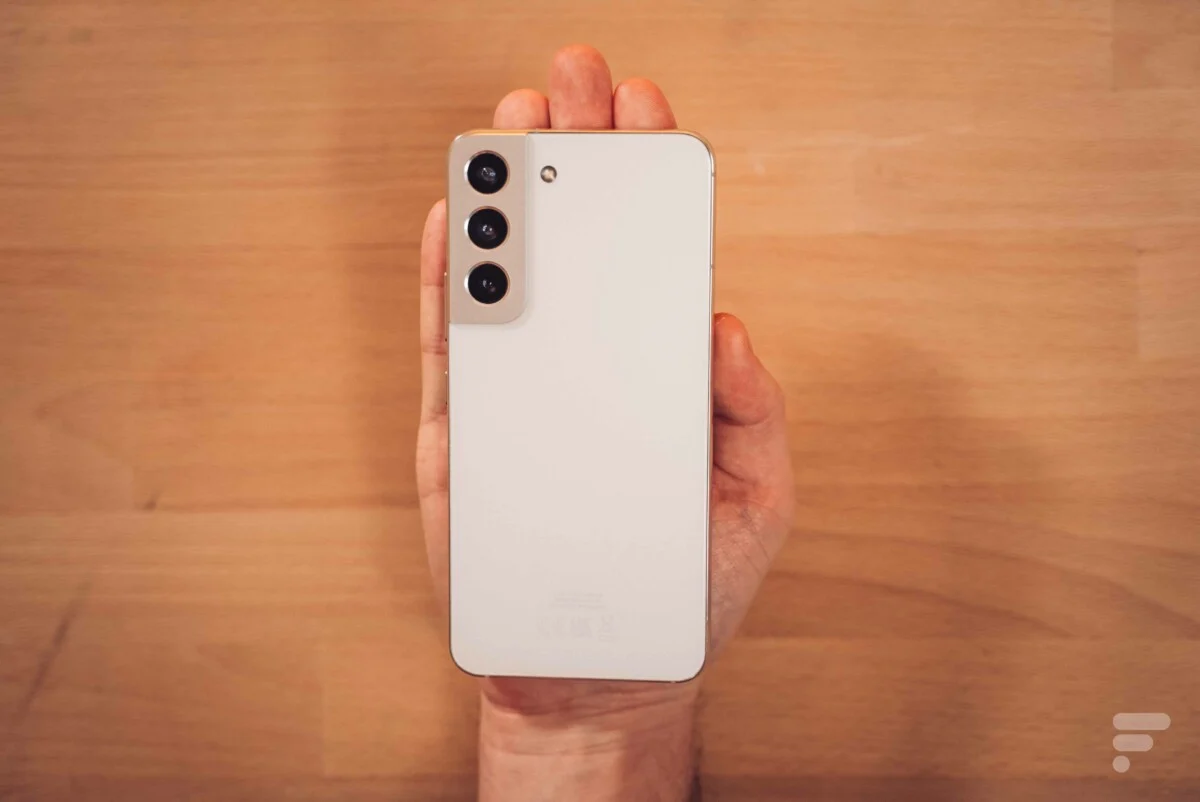
The S22 is a tiny phone with a 6.1-inch AMOLED display with a refresh rate of 120 Hz. This screen is extremely lovely and enjoyable to use on a regular basis. Nothing to complain about in terms of design, materials, or finishing. One IU 4 (Android 12) is very successful in the software section. It is also perfect in terms of photo and video: the wide-angle, ultra-wide, and telephoto x3 lenses provide significant photographic diversity, and the S22 is therefore one of the finest in its price category.
One of the phone’s flaws, as is typical of Samsung, is the lack of quick charge, which is still limited to 25 W. It would be less debilitating if autonomy was wonderful… which it is not. The second flaw is on the performance front: it must be confessed that the Exynos 2200 CPU lacks a little power on the graphic front for a tablet in this price range. But she’s doing really well in other areas.
Apart from the autonomy problem, Samsung is therefore signing a fantastic vintage for his Galaxy this year.
SAMSUNG GALAXY S21 FE
The Samsung Galaxy S21 FE arrived considerably after the S21 series, having been delayed by numerous shortages. Always with the notion of offering a simple, yet high-quality gadget. If you don’t have the funds for the latest S22, which is currently available for 700 euros, this FE model is a nice option at a lesser price.
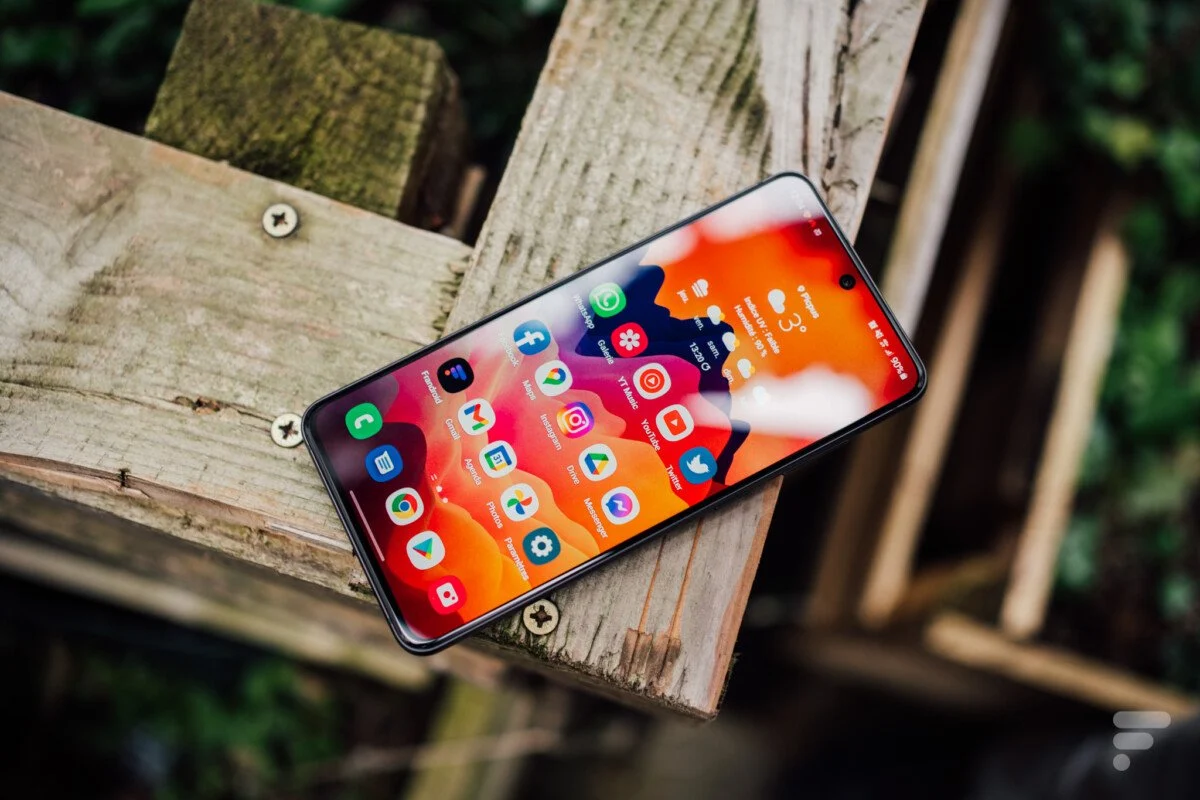
The smartphone’s design remains quite effective, with efficient materials and superb handling. As usual, Samsung demonstrates his expertise in sublimating his touch screen. The 6.4-inch OLED slab supports Full HD Plus and refreshes at 120 Hz. Vif mode provides a good range of colors, failing which they are faithful.
In terms of performance, the Snapdragon 888 CPU with 6 GB of RAM memory will perform well practically everything. However, when the settings are pushed to the limit, the setup depicts the blow on Fortnite. The flip side of the coin is that as long as the smartphone is sought, autonomy evaporates like snow in the sun. There isn’t even a fast charge to make up for this deficiency…
Three complimentary purposes offer photography. They provide quite good images in their composition, even though some details are to be disliked. The selfies, in particular, are of poor quality.
ASUS ZENFONE 9
Do you like tiny formats? The Asus Zenfone 9 is designed specifically for you. However, even though he is a little smartphone, he is of great quality. It is really compact, with a gorgeous AMOLED screen of 5.9 inches, and will fit in all pockets. With a magnificent resolution FHD Plus (2400 1080 pixels) and an adjustable refresh rate of up to 120 Hz, this screen is well deserving of being the biggest.

Asus invested all of his knowledge on his youngest. Starting with power, it does not accept anything less than a Snapdragon 8 + Gen 1, capable of stunning achievements, particularly in gaming. The heater is still somewhat confined. 8 GB of RAM rounds up the configuration. Add to that the phone’s outstanding autonomy, despite its small size: it can last up to two days. The load of 30W is correct; nothing further is required.
The unmistakable flaw of this smartphone is its camera (just two sensors), which does not appear to be enough for the price range. It does, of course, come out, but not with much fanfare when compared to other gadgets at the same price.
XIAOMI 12T PRO
With the 11T Pro rate declining, we recommend that you upgrade to the next generation. If you’re searching for a smartphone around 800 euros, the Xiaomi 12T Pro is a fantastic option. It has a sophisticated and pleasing design in hand, despite the lack of a sealing certification.
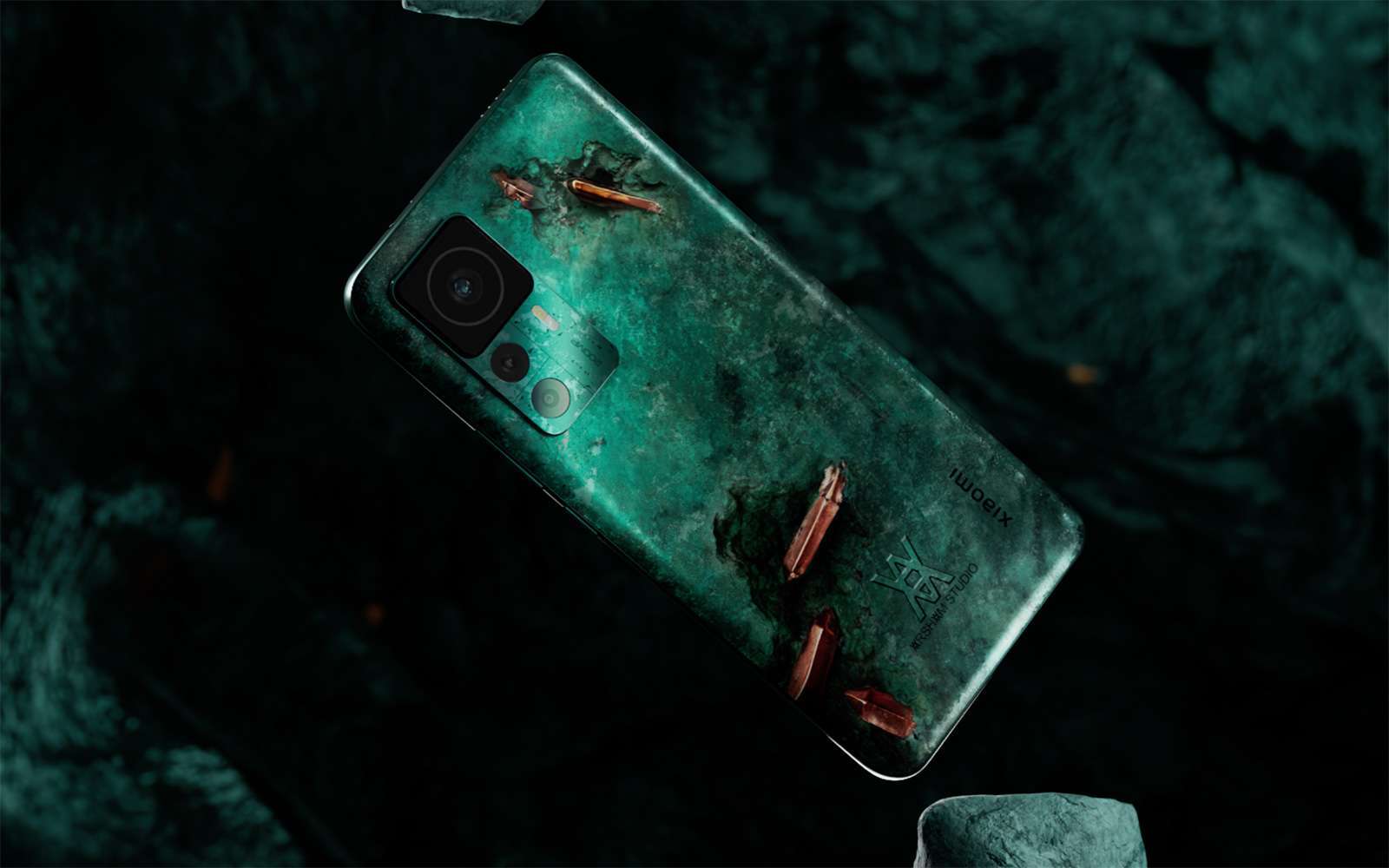
This phone’s greatest strength is its touch screen. You are entitled to a stunning 6.67-inch AMOLED display. In addition, the slab features an adjustable refresh rate that ranges from 30 to 120 Hz. The measured contrast is high, as is the maximum brightness of 910 cd / m 2. MIU software is absolutely nice, however there are far too many third-party apps loaded.
The second most important feature of the Xiaomi 12T Pro is its internal power. The smartphone features a Snapdragon 8 Gen 1 CPU, 8 GB of RAM, and 256 GB of storage. This arrangement allows for the rotation of the most demanding mobile games. The autonomy assessed allows for a full day of use. The 12T Pro can be recharged in less than 30 minutes thanks to the 120 W charge.
In terms of photography, the 200 megapixel sensor delivers on all of its promises. Images are clear and accurate in excellent lighting situations. Even if the results aren’t flawless, the extra wide angle is useful. Finally, the macro does not add anything to the user experience.
The smartphone is decent for the price of 800 euros, but it does not revolutionize the high end. If you’re interested, we recommend reading our Xiaomi 12T Pro review.
APPLE IPHONE 13 MINI
Before the debut of the Zenfone 9, Apple had set down a UFO with the iPhone 12 small, establishing itself as one of the only really high-end smartphone market compacts. The iPhone 13 mini is the most recent small-format iPhone model, since the Apple brand abandoned this inclination with the iPhone 14.
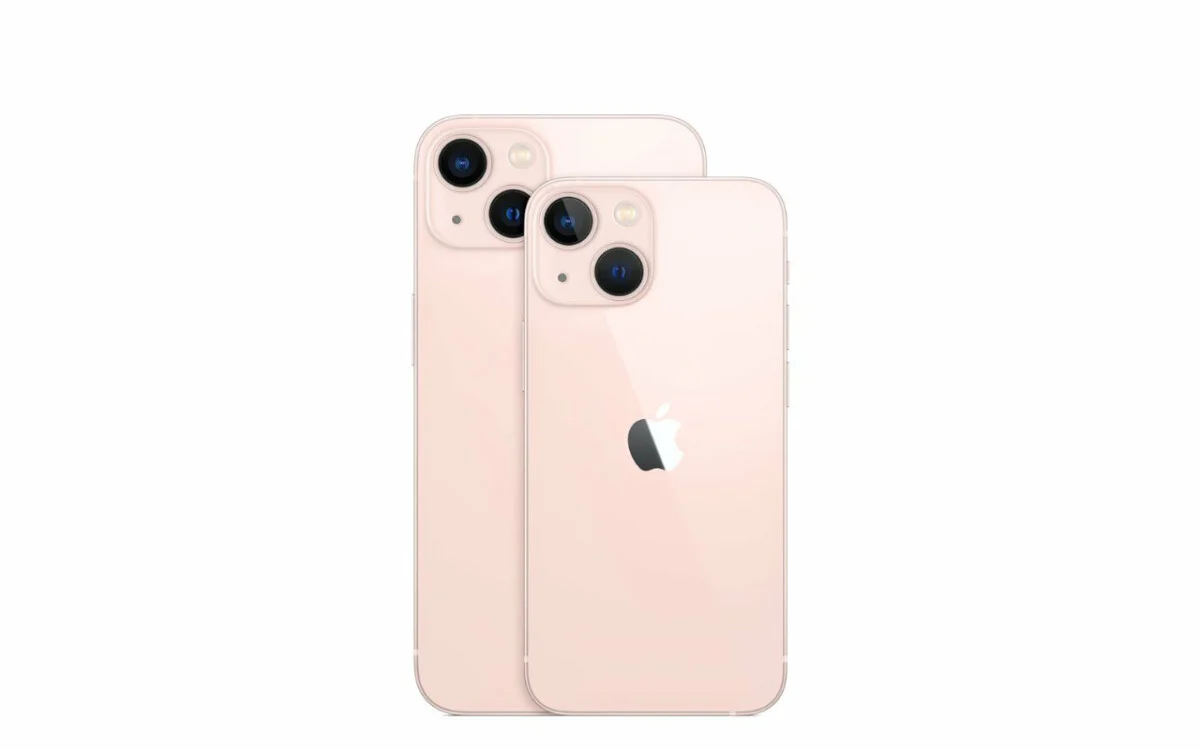
The main benefit of its compact size is its excellent ergonomics, especially when carried with one hand. It’s also one of the few phones that will fit into any pocket. The Retina display is of high quality, having an OLED slab of 476 PPP. If the Pro range suddenly requires 120 Hz, we must make do with “plain” 60 Hz here.
On the CPU front, the A15 Bionic is a true racer, even though the version employed here is somewhat less efficient than that of the iPhone Pro. The iPhone 12 mini’s main flaw was its lack of autonomy; it was tough to keep the day going. We can now get through the day without using the charging box because to the bigger battery and more optimized CPU.
The phone also uses the sensors from the iPhone 12 Pro and performs significantly better in low light. We must, however, constantly disregard the telephoto lens.
The tiniest iPhone is also quite inexpensive, making it one of the selection’s champions without pushing too far. Although it is officially offered for 809 euros, we selected to include it in our pick because it is already available for less than 760 euros.
ONEPLUS 10T
The top end is consistently recognized in the OnePlus smartphone portfolio. This OnePlus 10T portrays itself as such, despite significant sacrifices, like as the absence of the Alert Slider. It is an outstanding smartphone for the price of 800 euros.

The phone’s great power is contained within it. It has a Snapdragon 8 + Gen 1 combination that is powerful enough for everyday applications. In terms of games, he can run Genshin Impact or Fortnite for extended periods of time without overheating.
For the rest, it contains a 4800 mAh battery that provides ample endurance throughout the day. The entire system is compensated by a massive quick load of 150 W, allowing it to reach 100% in less than 30 minutes. OxygenOS software is constantly available to help you better your daily life.
The OnePlus 10T is also consistent in other areas. First and foremost, due to a stunning 6.7-inch OLED screen with a refresh rate of 120 Hz. The only drawback is a little lower brightness in comparison to the competitors. The association with Hasselblad is ending, as is the telephoto lens. Despite everything, the end effect is a less relevant shot.
REALME GT NEO 3
Realme GT Neo 3 is a relatively new device that costs less than 600 euros. It has a Mediatek Dimensity 8,100 SoC (similar to a Qualcomm Snapdragon 870 or 888) with exceptional visual performance. This device is positioned as a gaming smartphone. And the wager is upheld.
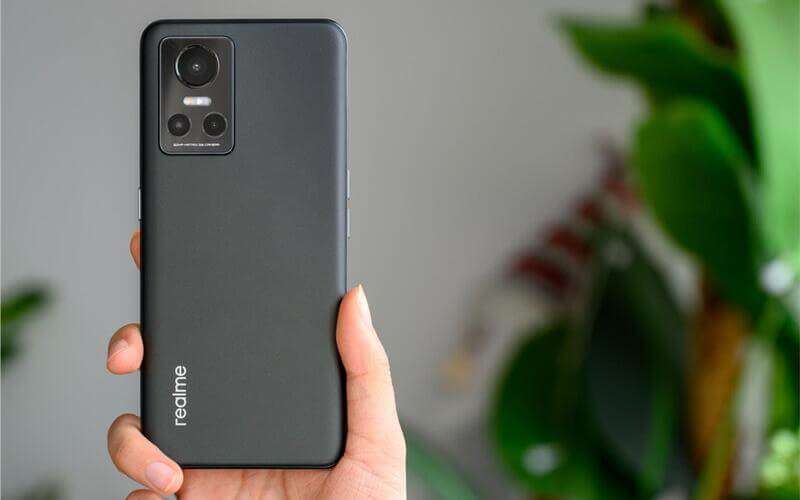
If you enjoy playing games on your smartphone and want something high-end but don’t want to break the money, the GT Neo 3 might be a suitable choice. As a result, he is able to provide a lot of power without heating, which is unusual.
It has a high-quality AMOLED screen with a refresh rate of 120 Hz, which is great for gaming. Regarding the battery, two options are available: a 5,000 mAh compatible quick charge of 80 Watts and a 4,500 mAh compatible « Ultra Dart rapid load of 150 Watts », with the manufacturer promising 50% charge in 5 minutes. This second edition costs an additional 100 euros.


